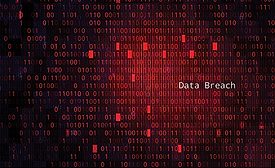Security Leadership and Management
Managing Risk, Business Continuity and Resiliency during a Pandemic
Physical security leaders are being propelled into new roles during the pandemic.
August 3, 2020
Sign-up to receive top management & result-driven techniques in the industry.
Join over 20,000+ industry leaders who receive our premium content.
SIGN UP TODAY!Copyright ©2024. All Rights Reserved BNP Media.
Design, CMS, Hosting & Web Development :: ePublishing















